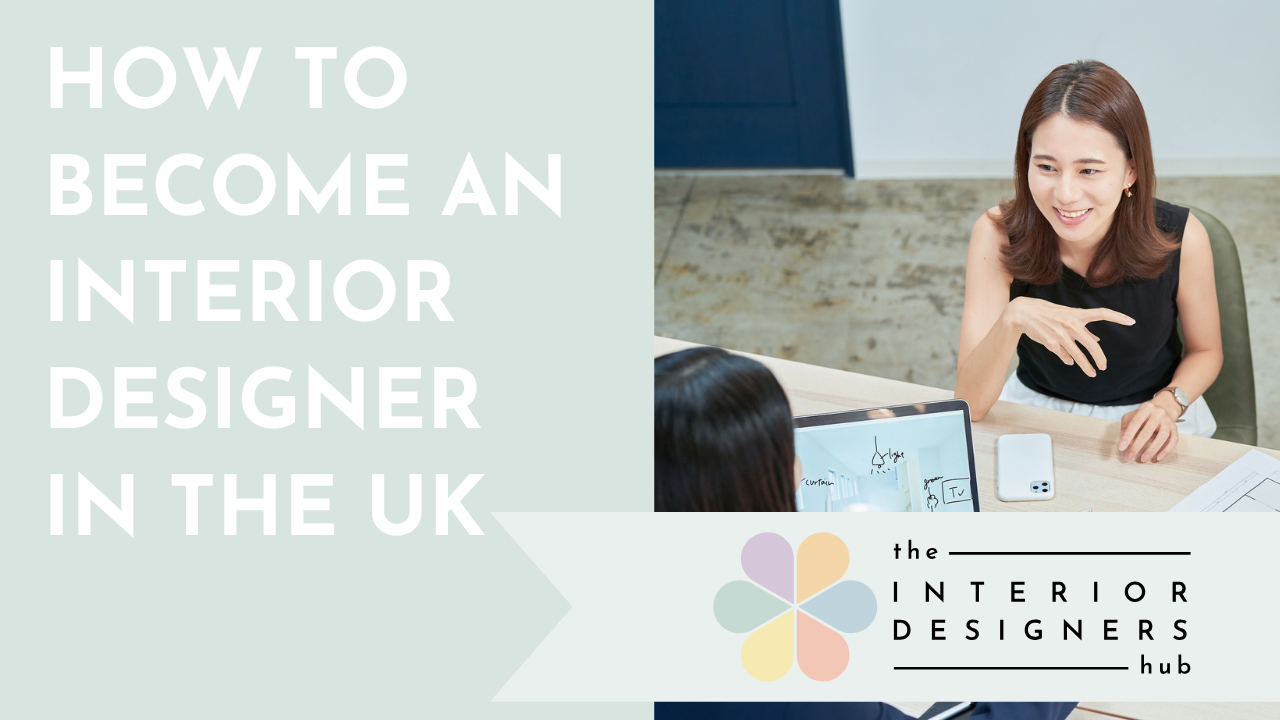What to Include in Your Interior Design Portfolio (So It Actually Wins You Clients)
Let’s be honest… figuring out what to include in your interior design portfolio can feel like a bit of a minefield. You're not alone if you've found yourself stuck in the “just add pretty pictures” loop. But here's the thing...
A beautiful portfolio on its own isn't enough to win clients.
I’ve seen so many talented designers pour time and energy into showcasing perfectly styled after shots, only to wonder why enquiries are trickling in but not converting.
The truth?
Most portfolios miss the mark: not because the designs aren’t beautiful, but because they don't show what really matters to your future clients.
Why Pretty Pictures Aren’t Enough
Here’s the deal: your portfolio isn’t just a place to parade your best work. It’s a chance to communicate value. A good portfolio answers your client’s silent questions:
- Can this person solve my problem?
- Will they understand my needs?
- Are they worth the investment?
A portfolio filled with glossy ‘after’ photos may look impressive, but it doesn't always help clients imagine working with you. They can't see themselves in a finished room that doesn’t reflect their starting point.
So what can you do instead?
1. Show the Full Story: Before, During, and After
One of the most powerful ways to build trust with potential clients is to walk them through the full journey, not just the polished destination.
For each project, think about including:
💡 The client brief and specific challenges
Did they need a multi-functional family room? Was the kitchen dark and dated? Start by setting the scene.
💡 ‘Before’ photos
Help your potential clients relate by showing where the journey began. It makes the transformation feel real and achievable.
💡 Your concept boards, sketches, or initial ideas
These show how you interpreted the brief and translated it into a solution.
💡 Process work
Include space plans, technical drawings, or 3D visualisations. These details quietly say, “I know what I’m doing.”
💡 ‘After’ images, paired with context
Don’t just label them “Living Room.” Say, “Redesigned living space for a young family needing a stylish yet child-friendly layout.”
See the difference? You’re not just sharing images, you’re telling a transformation story. And stories sell.
2. Make It All About Them (Not You)
Now, this might feel counterintuitive, but stick with me…
Even your About page should be about your clients.
Yes, of course they want to know you’re qualified and professional, but what they really care about is how you can help them. Instead of writing:
“I studied interior design and have ten years of experience in residential projects…”
Try something like:
“I help busy professionals create calming, functional homes they love coming back to.”
This subtle shift makes all the difference. It’s no longer about your achievements… it’s about their needs.
And when you include client testimonials, don’t let them fall flat. Rather than:
“Kate was amazing to work with…”
Use ones like:
“We had no idea how to make our open-plan living space work. Kate created different zones that made the space feel bigger, more organised, and perfectly suited to our family routine.”
Real stories. Real problems. Real solutions!
3. Show Your Process, Like a Pro
Here’s something many clients don’t realise: interior design isn’t just about choosing pretty tiles and cushions. It’s a structured, strategic process.
So, in at least one project, walk them through your full workflow. For example:
- The initial consultation and client brief
- Space planning and layout options
- Technical drawings or bespoke joinery details
- Product sourcing and specifications
- Procurement and ordering
- On-site project coordination and styling
When you do this, you go from “someone with a good eye” to a trained professional who knows how to manage a full project from start to finish.
Let’s Make This Practical
If your current portfolio isn't converting, don’t panic! Here’s how to start improving it today:
✅ Audit what you already have
Ask yourself: Does this show the journey or just the end result? Have I explained how I solved the client's challenge?
✅ Update one project first
Choose your strongest case study and rework it with transformation, process, and storytelling in mind.
✅ Gather and place testimonials
Match them to the relevant projects, highlighting the challenges you helped overcome.
✅ Plan ahead
If you don’t have “before” photos yet, start taking them! Save your concept boards, planning docs, and mid-project updates for future portfolio content.
Make Your Portfolio Work for You
At the end of the day, your portfolio isn’t just a collection of past work… it’s your most powerful sales tool. So make it work harder for you.
The best portfolios answer these three client questions:
- What problems can this designer solve for me?
- How will my space be transformed?
- Why should I trust their process?
If you’re ready to revamp your portfolio but aren’t sure where to start, I’ve made it super simple for you.
We’ve created a fully customisable Interior Design Portfolio Template, complete with layout ideas and prompts for all the elements we've talked about, plus a step-by-step video guide to help you personalise it for your brand.
If you’d like to check it out, click above for your very own copy!
Because your portfolio shouldn’t just be pretty… it should be powerful.
Until next time!
Kate x
Not sure how to set up and run your own business?
👇 Grab our step by step roadmap and stop guessing! 👇
By submitting this form you consent to receiving marketing emails. You can subscribe at any time.










